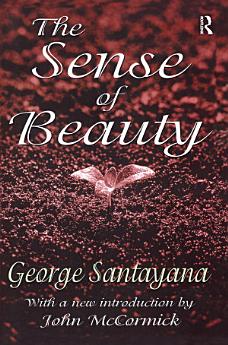The Sense of Beauty
About this ebook
The editor of this new edition, John McGormick, reminds us that The Sense of Beauty is the first work in aesthetics written in the United States. Santayana was versed in the history of his subject, from Plato and Aristotle to Schopenhauer and Taine in the nineteenth century. Santayana took as his task a complete rethinking of the idea that beauty is embedded in objects. Rather beauty is an emotion, a value, and a sense of the good. In this, aesthetics was unlike ethics: not a correction of evil or pursuit of the virtuous. Rather it is a pleasure that resides in the sense of self. The work is divided into chapters on the materials of beauty, form and expression. A good many of Santayana's later works are presaged by this early effort. And this volume also anticipates the development of art as a movement as well as a value apart from other aspects of life.
The work is written without posturing, without hectoring. Santayana is nonetheless able to give expression to strong views. His preferences are made perfectly plain. Perhaps the key is a powerful belief that beauty is an adornment not a material necessity. But that does mean art is trivial. Quite the contrary, the good life is precisely the extent to which such "adornments" as painting, poetry or music come to define the lives of individuals and civilizations alike. This is, in short, a major work that can still inform and move us a century after its first composition.






